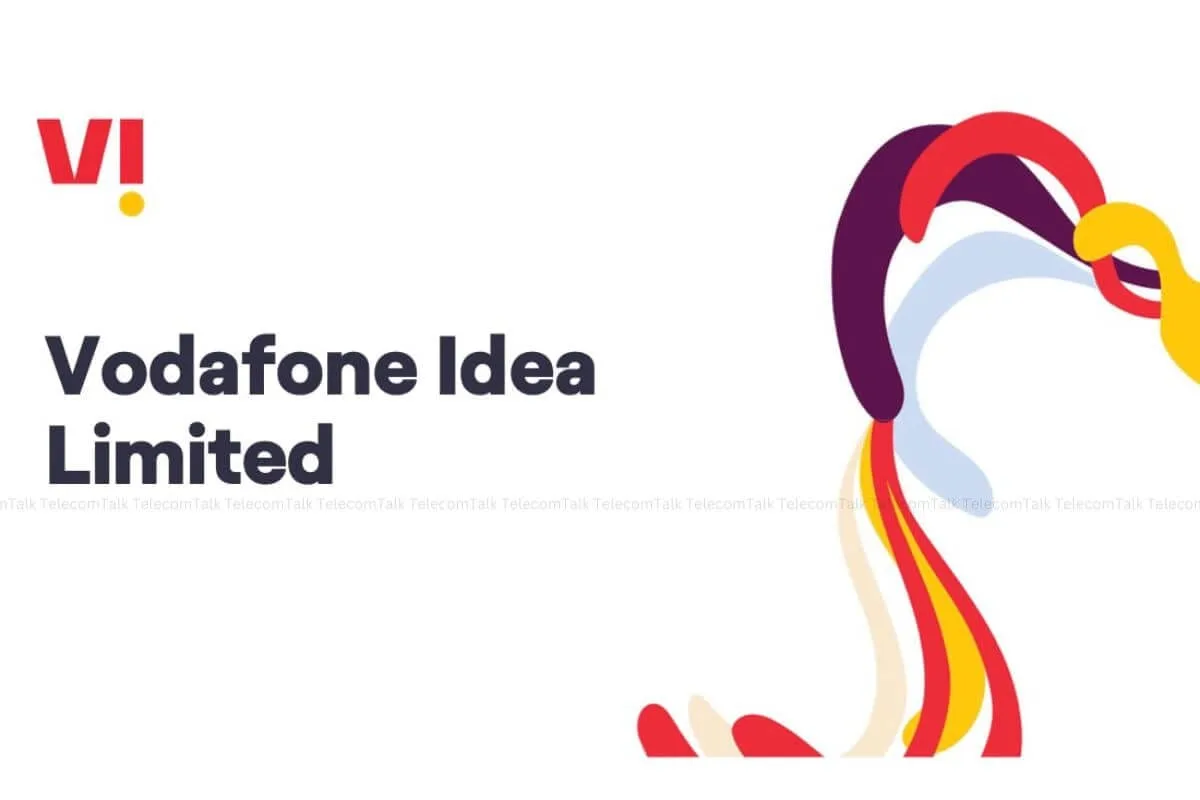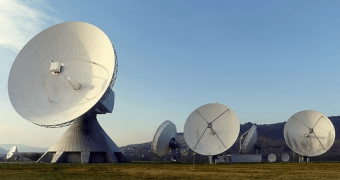
Vodafone Idea (Vi) says it has focused capex to improve competitiveness in 17 priority circles with improved 4G coverage and rollout of 5G. These priority circles account for around 99 percent of its revenue. However, Vi noted that prices need further uptick to generate reasonable returns and support future investments. "Before the recent tariff hike in July 2025, the last tariff hike was taken in November 2021 — tariffs in India are lower than other comparable markets in the world. Further, given inflation, prices need to catch up," Vi said in an investor presentation filed with the exchanges on April 9.
Also Read: Vodafone Idea Says Late 5G Entry Helps It Embrace Advanced Tech and Achieve Cost Efficiency
Tariff Hikes Crucial for Sustainable Growth
The telecom operator also stressed the need for tariff correction. Although data usage has witnessed an explosion, India has the lowest ARPU among major world economies, the operator said, citing GSMA Intelligence.
"Significant headroom in ARPU as usage has increased multi-fold but ARPU have not increased in line with usage; Customer ability to pay higher is already established," the company said.
Furthermore, the operator said that price increase and subscriber additions are expected to drive revenue growth from FY25 onwards, with the tariff hike effective from July 2024 propelling an annualised growth of approximately 11.7 percent in FY25.
Also Read: Prices Need Further Uptick to Generate Reasonable Returns: Vodafone Idea
Industry Benchmarks for Investor Clarity

We believe Vi also wanted to educate investors not just about its key performance indicators (KPIs) in its Presentation, but also provide broader context on industry trends. To aid understanding, Vi mentioned the industry-wide blended ARPU of Rs 173 as of September 2024, citing the TRAI Performance Indicator report on slide 19.
According to TRAI's Indian Telecom Services Performance Indicators report, July–September 2024, the monthly ARPU of wireless service for the industry is Rs 172.57, Minutes of Usage (MOU) per subscriber per month on wireless service is 974, and the Average Wireless Data Usage per wireless data subscriber per month is 21.10 GB.
Vodafone Idea's ARPU
Vodafone Idea did not report the blended Average Revenue per User (ARPU) in its presentation and only reported Customer ARPU (excluding M2M). We have previously covered the difference between these two ARPUs reported by Vi in our earlier story.
Also Read: Airtel, Vodafone Idea and Reliance Jio in Q2FY25: A Snapshot of ARPU and Subscribers
As per the Q3FY25 quarterly report, Vi's blended ARPU rose to Rs 163 in Q3FY25, up from Rs 156 in Q2FY25, Rs 146 in Q1FY25, Rs 146 in Q4FY24, and Rs 145 in Q3FY24. The Customer ARPU (excluding M2M) rose to Rs 173 in Q3FY25, up from Rs 166 in Q2FY25, Rs 154 in Q1FY25, Rs 153 in Q4FY24, and Rs 153 in Q3FY24.
However, Business Standard and Moneycontrol reported, "Vi's blended ARPU rose to Rs 173 in Q3 FY25 (October–December), up from Rs 166 in the previous quarter."
Vi said many KPIs are showing improving trends. "ARPU improvement for 14 consecutive quarters driven by Price increase and customer upgrades, which in turn has supported revenue growth despite subscriber churn. ARPU growth in line with other operator benefiting from subscriber upgrades."
Also Read: Are Vodafone Idea’s Cheap Plans and Top 4G Network Paying Off? Here’s What Subscriber Stats Show
Strategic Market Initiatives
Vi also presented market initiatives it is taking to drive ARPU improvement and customer acquisition. The company says it offers "plans that give customers the autonomy to select and customize benefits tailored to their unique preferences." Another initiative Vi highlighted is its Human Network Test in Mumbai, using which Vi wants to create a strong position for the network in the minds of the customer — what it calls a network "tested by Mumbai's best human network."
4G/5G Monetisation: Monetising 4G and 5G: Key Takeaways to Date and What’s Next?
Focus on Upgrading 2G Users to 4G
Vi says it is focused on driving ARPU growth and customer acquisition by expanding its 4G penetration and upgrading its 2G subscriber base. "Existing 2G subscribers present a strong opportunity to upgrade," Vi noted.
Vi indicated that the 4G subscriber base was impacted in Q2 due to the tariff hike, but is stabilizing. "Gross adds share for VIL is higher than its Customer Market Share (CMS), indicating its ability to effectively compete in the market," Vi added.
The company aims to increase the proportion of high-ARPU users by delivering a superior network experience in existing markets, highlighting that 73.8 million non-4G subscribers can potentially upgrade to the 4G network. This means around 37 percent of subscribers can potentially upgrade to the 4G network. The company is also focusing on driving a higher share of broadband devices in partnership with Non-Banking Financial Corporation (NBFC).
Also Read: Macquarie Downgrades Vodafone Idea on Fresh Govt Equity Infusion: Report
Vi Reduces Debt
Vi also highlighted that debt from banks and financial institutions has reduced by Rs 107 billion over the last two years.
Also Read: Government Stake in Vodafone Idea Rises to 48.99 Percent After Fresh Equity Allotment
Shareholding Post Government Conversion
Following the recent equity allotment to the Government of India, the shareholding structure of the company has undergone a significant shift. The Promoter Group now holds approximately 26 percent, with the Aditya Birla Group owning 9.50 percent and the UK's Vodafone Group holding 16.07 percent. The Government's stake has risen to 48.99 percent, making it the largest single shareholder. Public shareholders account for the remaining 25.44 percent.
Despite the government emerging as the majority shareholder, operational control of the company will remain with the Promoter Group.















